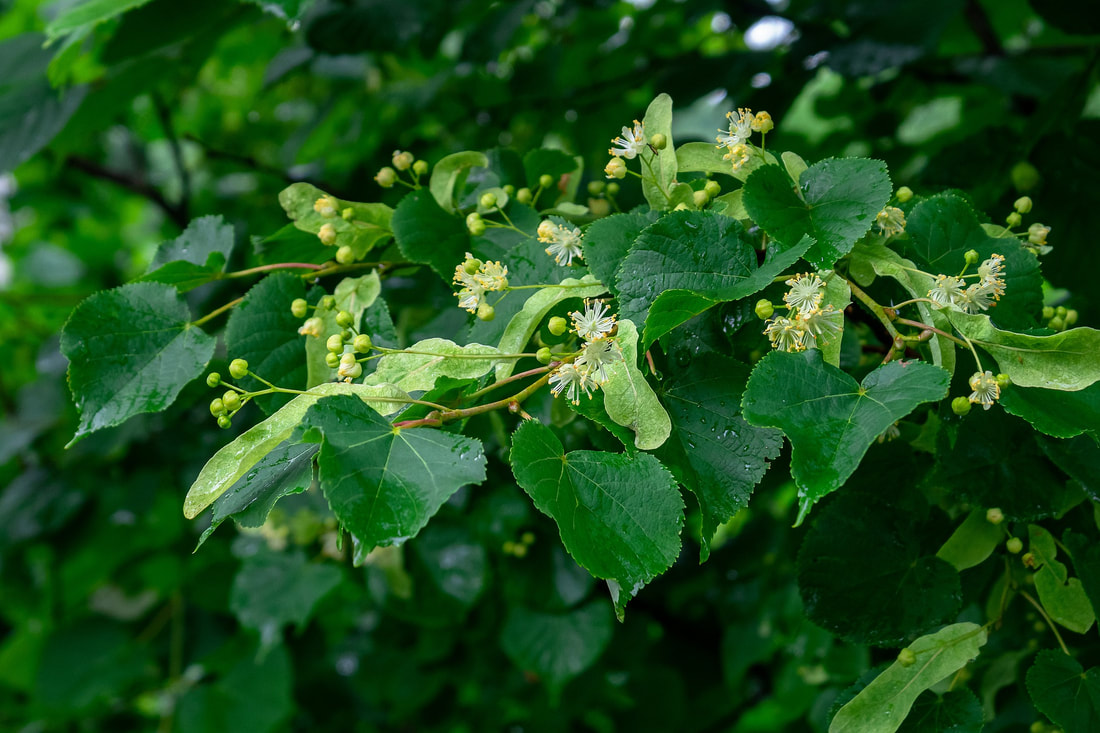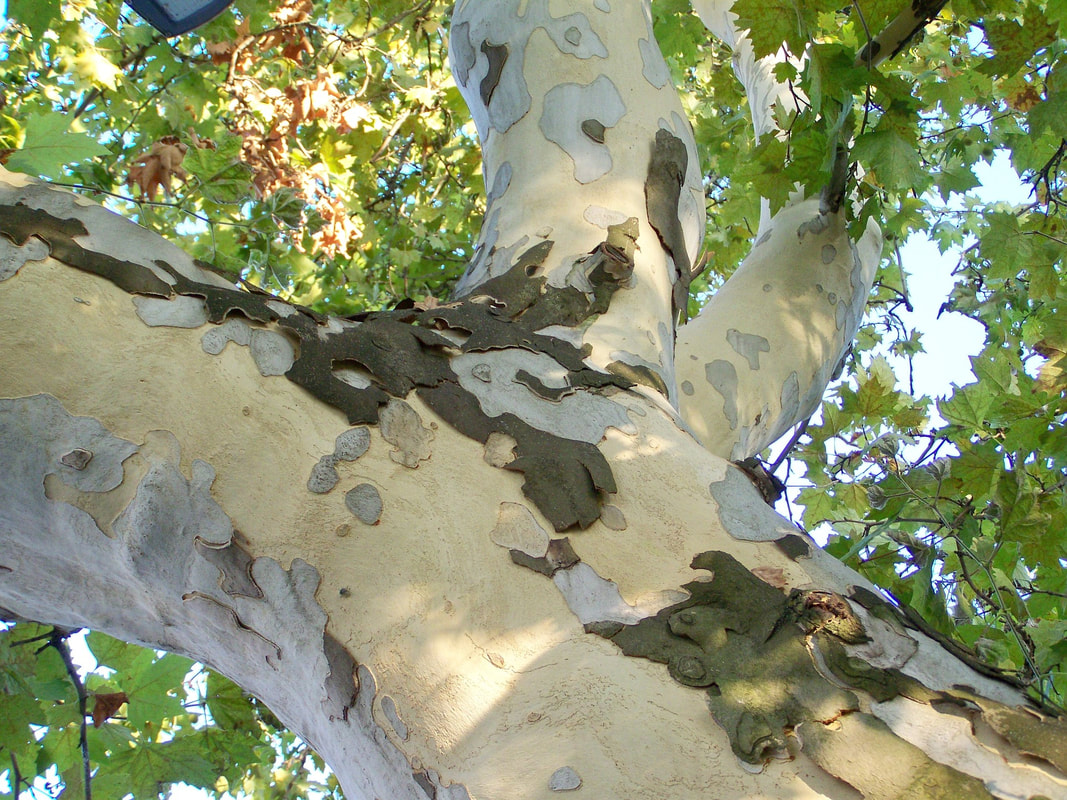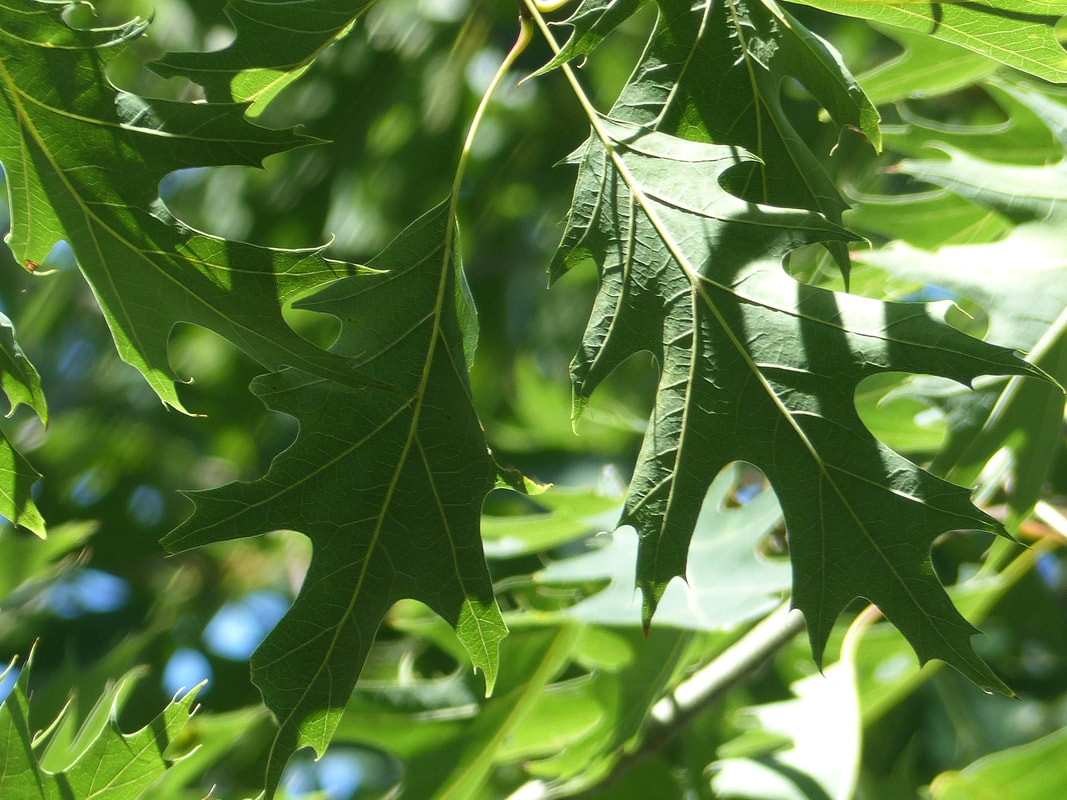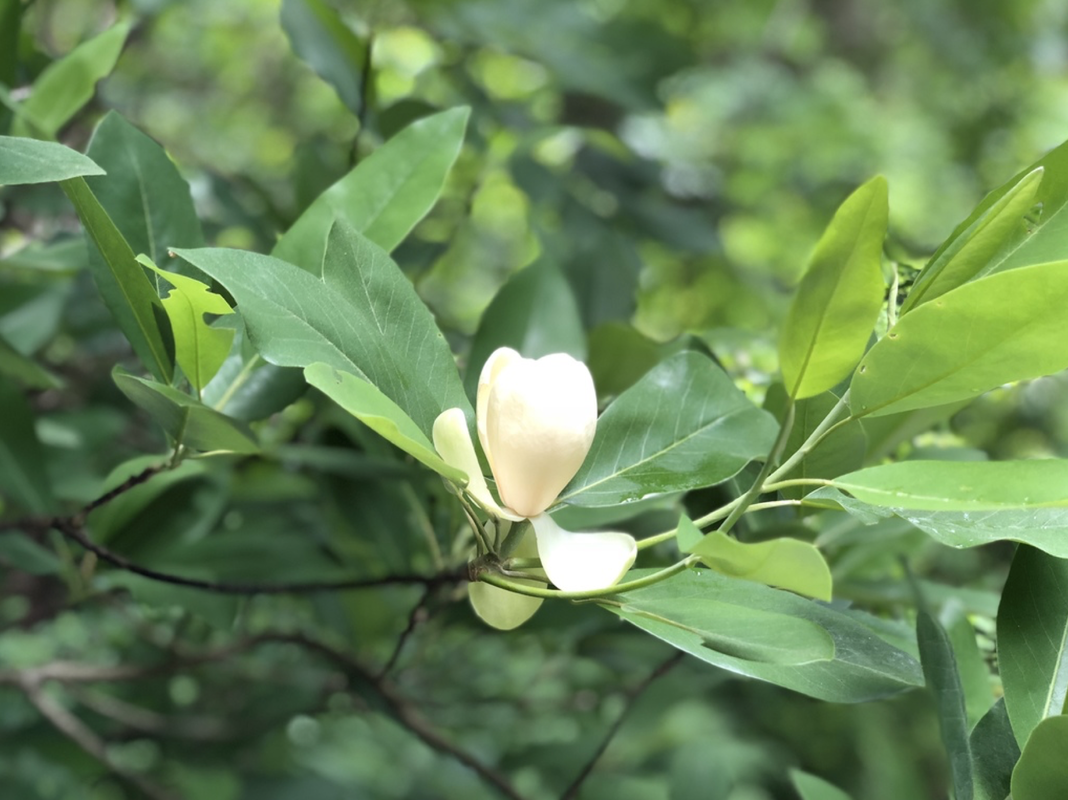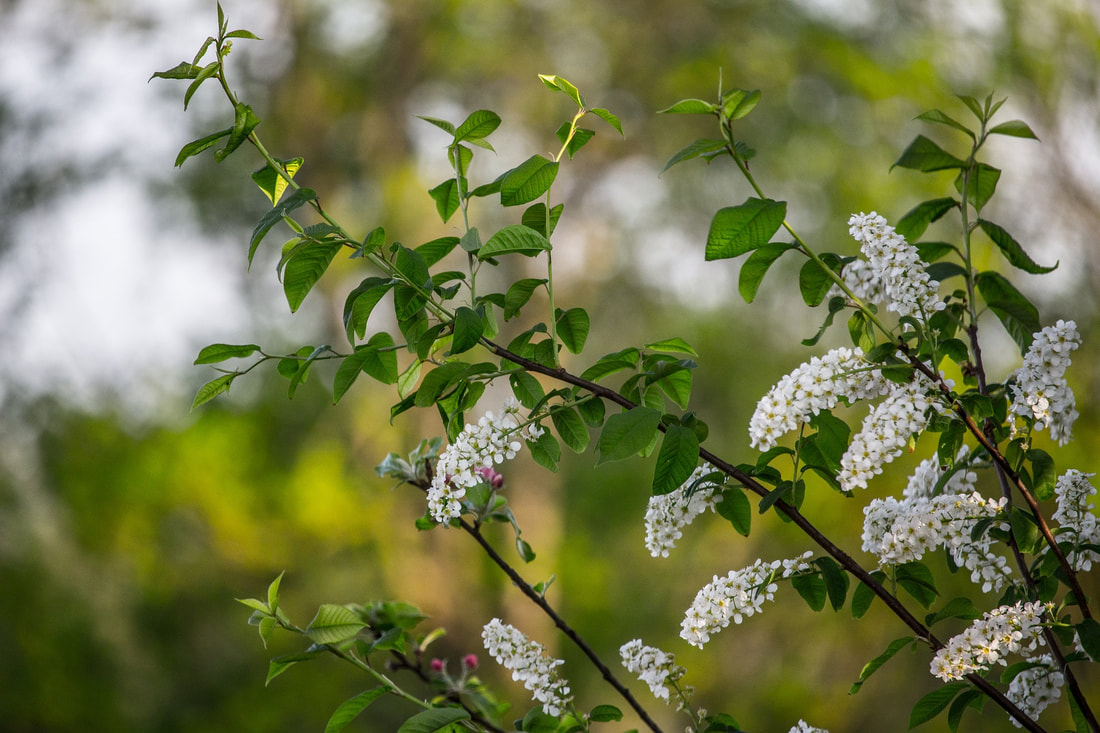|
FEATURED NATIVE TREE: Tilia americana, basswood, linden
American basswood, the northernmost basswood species, is a handsome shade and street tree. It is recognized by its deeply furrowed bark and large spade-shaped, alternate, toothed leaves. Flowers are inconspicuous but fragrant and is favored by bees over others and produces a strongly flavored honey. Decomposing leaves of basswood add important minerals to the soil, including calcium, magnesium, nitrogen, potassium, and phosphorous. For additional information on growing conditions and habitat, click the button below. FEATURED NATIVE TREE: Platanus occidentalis, sycamore
The American sycamore is a wide-canopied, deciduous tree that grows 75 to 100 feet tall. It has a massive trunk and open crown of huge, crooked branches. The bark of large, old trunks sloughs off in scales or plates leaving a smooth, whitish inner bark. Large, medium- to dark-green, maple-shaped leaves turn brown in fall. Seeds are produced in ball-like fruits and often persist through December. For additional information on growing conditions and habitat, click the button below. FEATURED NATIVE TREE: Quercus palustris, pin oak
Pin oak, one of the faster growing oaks, is naturally a wetland tree and develops a shallow, fibrous root system. It is a strongly pyramidal tree with a distinct central leader, growing 60 to 70 feet or taller. Instead of the gnarled, massive qualities of most oaks, pin oak has a more graceful, slender appearance – straight-trunked with spreading to horizontal branches, very slender pinlike twigs, and a broadly conical crown. Old trees become high-crowned after shedding lower limbs. Dark-green foliage becomes dark-red in fall. Leaves persist into winter. For additional information on growing conditions and habitat, click the button below. FEATURED NATIVE TREE: Magnolia virginiana, sweetbay magnolia
A semi-evergreen with glistening oval dark green leaves and a frosted-appearing underside. The large, creamy white flowers have a light lemon scent and are visible in late spring and early summer. Red fruit are held in a showy conelike structure. Introduced into European gardens as early as 1688 and called "Beaver tree" by colonists who caught beavers in traps baited with the fleshy roots. For additional information on growing conditions and habitat, click the button below. FEATURED NATIVE TREE: Prunus serotina, black cherry
Black cherry is known for the beauty and quality of its wood – a favorite of furniture makers. The green leaves turn to yellow in the fall. It is easy to grow and will reward you with dangling, lace-like blossoms in the spring that attract large numbers of native bees. Wildlife eat the fruits. This is a fast-growing, pioneer species. Eastern tent caterpillars prefer black cherries. All parts of Prunus species except the fruits contain poisonous substances and should never be eaten. The plant drops lots of twigs, leaves, and fruit, and in cultivation can be allelopathic to garden plants. For additional information on growing conditions and habitat, click the button below. |
CATEGORIES
All
|
Photos from Landscape Design Advisor, Sharon Mollerus, Puddin Tain, Donnaphoto
